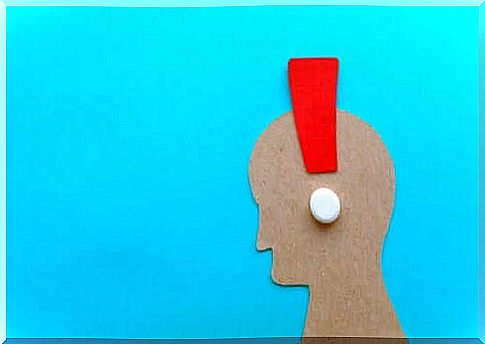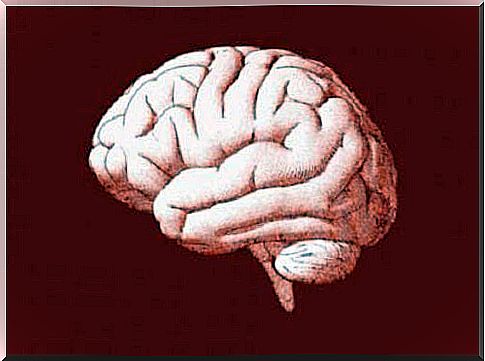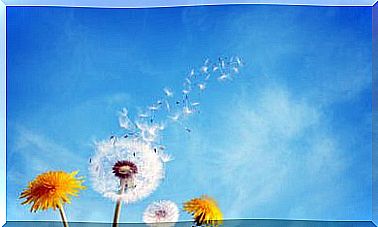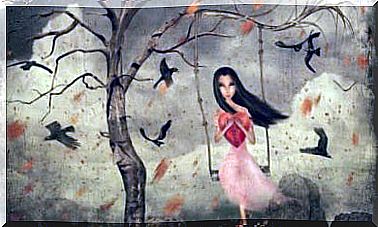The Neurobiology Of Addiction

Addiction occurs in many different aspects of human life. The most common and best known is drug addiction. However, what do you know about the neurobiology of addiction?
You can describe a drug addiction as the compulsive behavior to buy and use drugs. This includes loss of control to limit use and a negative emotional state if the person is not using the drugs. Most people are fairly familiar with the details of drug addiction.
Impulsivity “involves a willingness to act immediately and unplanned in response to internal and external stimuli, without regard for negative consequences for oneself or others.”
On the other hand, compulsive behavior consists of “repetitive actions characterized by a feeling that someone ‘must’ perform them while that person is aware that these actions are not in accordance with one’s overall purpose.”
Thus, individuals who suffer from an addiction go from impulsivity to compulsive behavior. These two stages can also coexist. However, they usually occur in that order. The brain also works in a specific way during each of these two stages.

The neurobiology of addiction during intoxication
The Reward Mechanism
Addictive drugs activate the brain’s reward zones. One major focus in the neurobiology of addiction and the satisfying effects of drugs is the origin and brain regions of the mesocortical circuit. They play a fundamental role in the satisfying properties of almost all drugs.
It appears that drug or alcohol intoxication releases dopamine and opioid peptides in the ventral striatum. The rapid and pronounced release of dopamine also has to do with how people feel when they take drugs.
The incentives
In studies in primates, researchers have found that the dopamine cells in the brain initially ignite in response to a new reward. However, after repeated exposure to the reward, the nerve cells stopped firing when the predicted reward was received.
In contrast, they responded when exposed to incentives that predicted reward. So it seems that dopamine has an intimate relationship with how the brain looks for rewards.
The neurobiology of addiction during the anticipation phase
Scientists believe that this phase is the key to the fact that people who suffer from an addiction relapse into use. Addiction is, after all, a chronic relapse disorder. In humans, the craving for the drug involves activation of the prefrontal cerebral cortex. These include:
- The dorsolateral prefrontal cortex.
- The anterior cingulate gyrus.
- The medial orbitrofrontal cortex.
Addiction to cocaine or nicotine is also linked to the functioning of the insula. This brain area seems to have an intercepting function. It merges the autonomic and visceral information with emotion and motivation. Studies actually show that insula reactivity is a biomarker that can help predict relapse.
Finally, scientists also believe that there are two opposing systems at play during this phase : the start system and the stop system.

Start and stop systems
The starter system can trigger craving and promise through the basal ganglia. In people who are dependent on cocaine, there is a link between a faster craving for cocaine and a better connection within the brain.
It makes the connection better in the network connecting the medial prefrontal cortex and the anterior cingulate gyrus in the ventral striatum. In addition, it provides a better connection in the network connecting the insula to the dorsal striatum.
The stop system can control the evaluation of the excitatory value. In addition, it could also control choices and suppress the emotional response to negative emotional cues. In that system, a stop system would stop the start system and the drug craving system.
In conclusion, we can say that in the neurobiology of addiction, there are three main circuits. They answer to what are probably the main protagonists: the basal ganglia, the amygdala and the prefrontal cortex.









